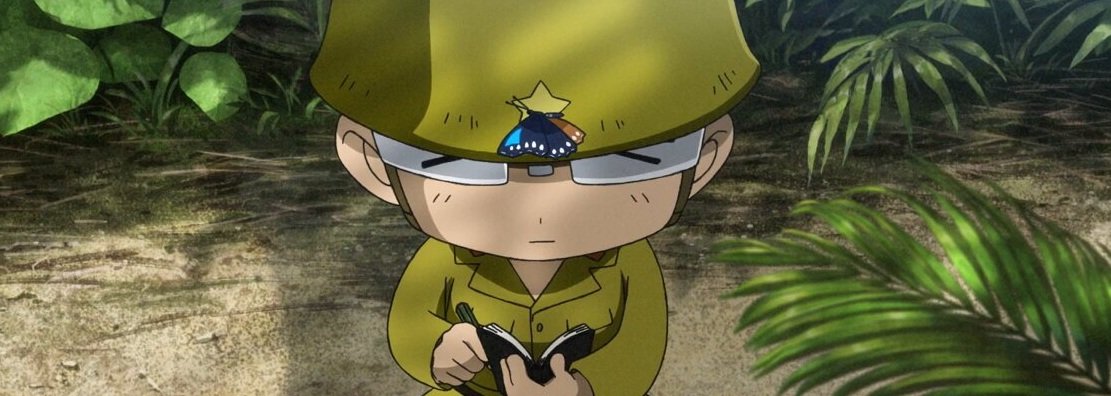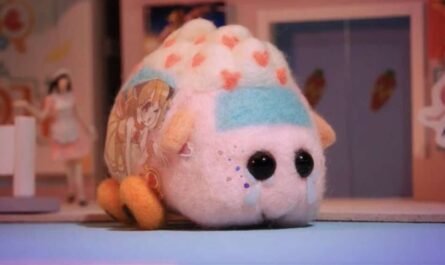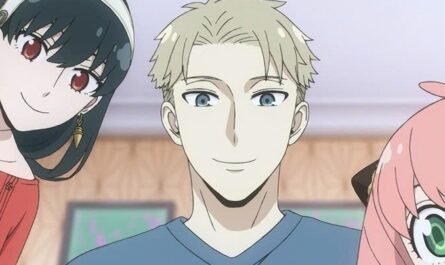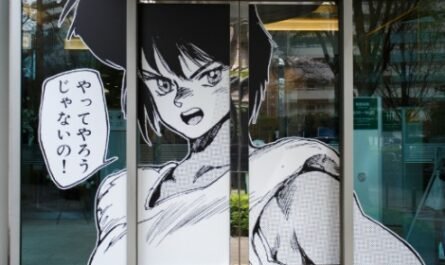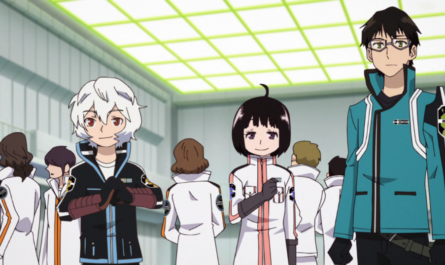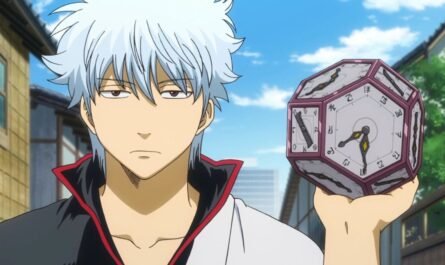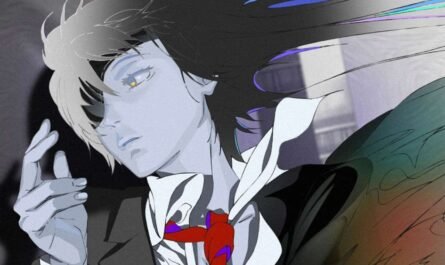“Peleliu: Guernica of Paradise,” a manga by Kazuyoshi Takeda depicting the Battle of Peleliu Island during the Pacific War, is scheduled to be released as a feature-length animated film this winter.
This work depicts the harsh battlefield from the perspective of Private First Class Tamaru, a young man aspiring to become a manga artist. It not only describes the battle with the U.S. military, but also many other hardships outside of combat, such as food shortages and soldiers suffering from hunger and disease.
The unique style of depicting the harshness of the battlefield through adorable, three-dimensional characters has earned the work high praise. While faithfully depicting the original work, the anime condensed the 11 volumes of the manga into a single film. Takeda himself participated in this process and is credited as co-screenwriter. We asked Takeda how he was involved as the original author in adapting this work into an anime and what challenges he faced in taking on a war manga. Restructuring it for the film took the longest time. What were your honest thoughts when you heard about the anime project? Takeda: As the original author, I was simply happy that they wanted to adapt it into a film. It’s not an entertainment piece, so I was really grateful that they volunteered, and I wanted to help as much as I could as the original author.
Did you ever feel anxious about how much of the original manga would be depicted in the anime? Takeda: Since it was planned as a theatrical anime from the beginning, I wondered which parts of the manga would be included and how in-depth they would depict the war. From what I’ve heard, you said that you wanted to cover the entire original, so the longest part was deciding how to wrap it up in the limited time available and how to structure it. Takeda-sensei also participated in the scriptwriting.
This is because it was essential to choose which episodes from the 11 volumes of the original manga to watch. Takeda: That’s right. The anime production team wanted to cover everything, but that wasn’t realistic, so I talked with co-scriptwriter Junji Nishimura about focusing on the protagonist Tamaru’s perspective. Therefore, we decided to cut out scenes from the mainland that aren’t visible from Tamaru’s perspective, and the suicide attack at the headquarters on Peleliu Island. Even so, there were still some parts that needed to be changed because they weren’t enough.
As the original author, I carefully considered what was truly important to the story when making changes. Along with the story of “Peleliu,” there are characters, each with a different stance and distance from the war, all of which are meaningful in terms of the work’s theme. However, since it would be difficult to include everyone, I reconsidered each character’s role in the story and deconstructed and restructured the original work.
While there are certainly episodes that are the same as in the original, there are also scenes that don’t appear in the manga. While I feel regretful that I couldn’t include that scene, it has appropriately been crafted as a story about the experiences of the protagonist, Tamaru. Did you make any requests to the anime producers when adapting it into a film? Takeda: Rather than making requests, I shared my feelings while drawing the manga. Every creator can sometimes slip up in their efforts to make something enjoyable.
“Peleliu: Guernica of Paradise,” a manga by Kazuyoshi Takeda depicting the Battle of Peleliu Island during the Pacific War, is scheduled to be released as a feature-length animated film this winter.
This work depicts the harsh battlefield from the perspective of Private First Class Tamaru, a young man aspiring to become a manga artist. It not only describes the battle with the U.S. military, but also many other hardships outside of combat, such as food shortages and soldiers suffering from hunger and disease.
The unique style of depicting the harshness of the battlefield through adorable, three-dimensional characters has earned the work high praise. While faithfully depicting the original work, the anime condensed the 11 volumes of the manga into a single film. Takeda himself participated in this process and is credited as co-screenwriter. We asked Takeda how he was involved as the original author in adapting this work into an anime and what challenges he faced in taking on a war manga.
Restructuring it for the film took the longest time. What were your honest thoughts when you heard about the anime project? Takeda: As the original author, I was simply happy that they wanted to adapt it into a film. It’s not an entertainment piece, so I was really grateful that they volunteered, and I wanted to help as much as I could as the original author.
Did you ever feel anxious about how much of the original manga would be depicted in the anime? Takeda: Since it was planned as a theatrical anime from the beginning, I wondered which parts of the manga would be included and how in-depth they would depict the war. From what I’ve heard, you said that you wanted to cover the entire original, so the longest part was deciding how to wrap it up in the limited time available and how to structure it. Takeda-sensei also participated in the scriptwriting.
This is because it was essential to choose which episodes from the 11 volumes of the original manga to watch. Takeda: That’s right. The anime production team wanted to cover everything, but that wasn’t realistic, so I talked with co-scriptwriter Junji Nishimura about focusing on the protagonist Tamaru’s perspective. Therefore, we decided to cut out scenes from the mainland that aren’t visible from Tamaru’s perspective, and the suicide attack at the headquarters on Peleliu Island. Even so, there were still some parts that needed to be changed because they weren’t enough.
As the original author, I carefully considered what was truly important to the story when making changes. Along with the story of “Peleliu,” there are characters, each with a different stance and distance from the war, all of which are meaningful in terms of the work’s theme. However, since it would be difficult to include everyone, I reconsidered each character’s role in the story and deconstructed and restructured the original work.
While there are certainly episodes that are the same as in the original, there are also scenes that don’t appear in the manga. While I feel regretful that I couldn’t include that scene, it has appropriately been crafted as a story about the experiences of the protagonist, Tamaru. Did you make any requests to the anime producers when adapting it into a film? Takeda: Rather than making requests, I shared my feelings while drawing the manga. Every creator can sometimes slip up in their efforts to make something enjoyable.

